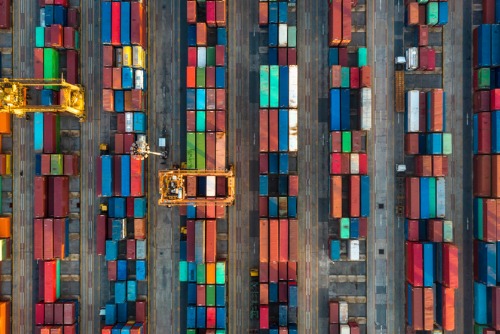

Asia-Pacific’s waters remained the top shipping loss region, accounting for 45% of losses globally in 2018, according to a report by global insurer Allianz.
The annual Allianz Global Corporate & Specialty SE's (AGCS) Safety & Shipping Review analyses reported shipping losses over 100 gross tons (GT). According to the study, there were 21 total losses of vessels reported in the region for 2018, down from 46 losses in 2017. This was due to a significant decline in activity in the global loss hotspot, Southeast Asia, as well as fewer weather-related losses due to relatively milder hurricane and typhoon seasons.
While total losses declined, the number of reported shipping incidents overall in Asia actually increased by 22% in the past four years, according to an analysis of data from 4,000 insured vessels by AGCS. However, this is more due to the sheer volume of ships that pass through the region, rather than below-par safety standards, the insurer said.
“We do typically see more incidents of groundings and collisions in Asia than other locations around the world, but this generally reflects the higher levels of trade and where ship owners are trading,” said Tom Taberner, regional head of energy & marine for Asia-Pacific at AGCS. “In many cases port infrastructure in Asia is new and there are many new or expanding ports in China, Korea, Japan and Malaysia, etc. Newer infrastructure means fewer issues, better port operations and more up-to-date charts, which will address challenges.”
According to the study, Asia-Pacific waters remain a hotspot for marine claims, with four of the top 10 loss regions globally in 2018 and half of the top 10 largest losses also occurring in the region. The South China, Indochina, Indonesia and Philippines maritime region remains the top loss region, where 12, or one in four losses globally, occurred in 2018. This is significantly down from 29 a year earlier – marking the first time the region has seen a fall in losses in four years. Other top loss regions in Asia-Pacific include Japan, Korea and North China (fourth globally), as well as the Arabian Gulf and approaches (fifth).
Despite a decline in the number of total losses, the frequency and cost of collision, grounding and fire incidents has increased in some locations for Asian based-ship owners and managers, the study said. There were 425 collisions or contact incidents during the past 12 months, with the average cost of collision claims highest on container vessels (US$840,000). Overall, collision incidents are the second most frequent cause of claims in the region behind machinery breakdown/engine damage.
Piracy in the region has declined significantly, with Indonesia experiencing a 64% fall in piracy incidents and no longer the top piracy hotspot in the world. That dubious honour is now held by Nigeria.
Read more: Marine piracy incidents in Asia down 25%
The report said that a regulation limiting sulphur oxide emissions from January 2020 is likely to be a game-changer for the shipping industry, with wide-ranging implications for cost, compliance and crew.
Furthermore, political risk has also heightened globally and increasingly poses a threat to shipping security, trade and supply chains through conflicts, territorial disputes, cyberattacks, sanctions, piracy and even sabotage, as evidenced by recent attacks on oil tankers in the Middle East. Growing numbers of migrants at sea and an increase in stowaways on commercial vessels also has serious consequences for ship owners, leading to delays, diversions, and pressure on crew.
